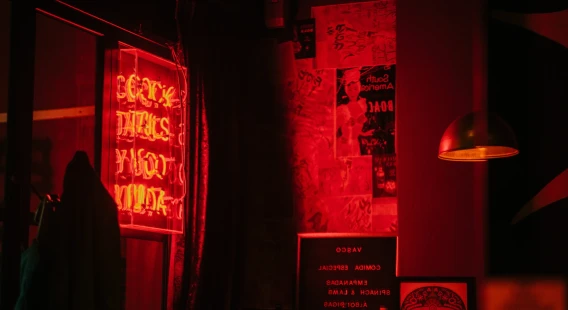
An LGBTQ+ Guide to Amsterdam’s Red Light District
Discover Amsterdam's kinky side
No Comments Found
Comments / Reviews are the subjective opinion of Travel Gay users, not of Travel Gay.

No Comments Found
Comments / Reviews are the subjective opinion of Travel Gay users, not of Travel Gay.